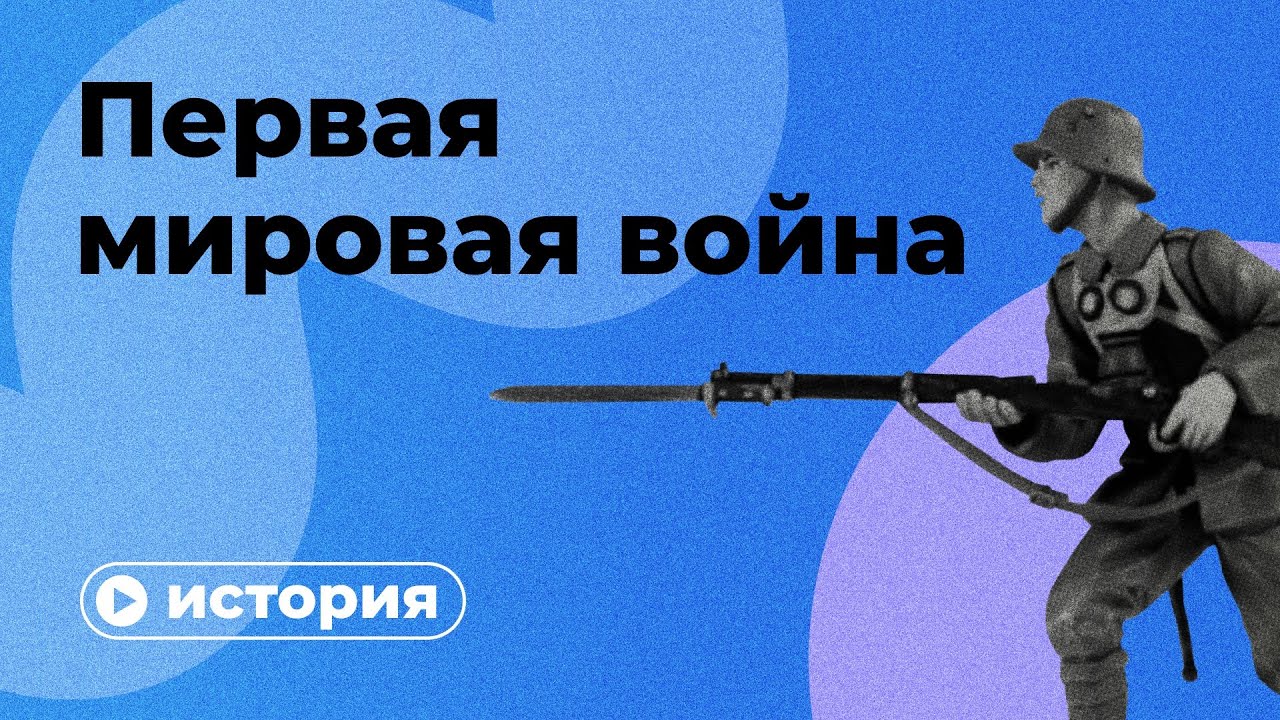The Schlieffen Plan | Animated Battle Map
Summary
TLDRIn this historical exploration, we unravel the complexities of the Schlieffen Plan, Germany's strategic blueprint for World War I. The plan, designed to avoid a two-front war, aimed to swiftly defeat France through a wide encircling movement via Belgium. Despite the loss of primary documents, historians deduce Schlieffen's intentions through military exercises and the subsequent Plan 17 of France. The video delves into the political and military maneuvers leading to WWI, the Franco-Prussian War's aftermath, and the Russo-Japanese War's impact on Russian military reform, culminating in the infamous trench warfare that characterized the conflict.
Takeaways
- 🌍 The Schlieffen Plan was a strategy designed by Germany prior to World War I to avoid fighting a two-front war against France and Russia.
- 🏰 France's loss of Alsace and Lorraine to Germany after the Franco-Prussian War fueled their desire for revenge and influenced their military strategy.
- 🤝 Germany formed a Triple Alliance with Austria-Hungary and Italy, creating a power block that excluded Russia, leading France to form its own alliance with Russia and Britain.
- 🇷🇺 The perception of Russia's military weakness after the Russo-Japanese War influenced Germany's strategic planning.
- 📚 Limited primary sources exist for the original Schlieffen Plan, leading to ongoing debate among historians about its specifics.
- 🛤️ Germany's industrial power and extensive railroad system were key factors in the development of the Schlieffen Plan for rapid troop movement.
- 🎯 The plan aimed to deliver a decisive blow to France quickly to avoid a prolonged conflict and a two-front war scenario.
- 🔄 Alfred von Schlieffen's successor, Helmuth von Moltke, continued to refine the plan, emphasizing the need for a swift victory against France due to Russia's military modernization.
- 🏰 The Schlieffen Plan involved a thin defensive line along the French-German border, with the main forces positioned to invade through Belgium to encircle Paris.
- 🛡️ France's Plan 17 was developed in response to the perceived German threat, focusing on defense along the border and anticipating a German advance through Belgium.
- 💥 The implementation of the Schlieffen Plan led to the onset of trench warfare, marking the beginning of the stalemate that characterized much of World War I.
Q & A
What is the Schlieffen Plan?
-The Schlieffen Plan was a strategy designed by Germany prior to World War I to quickly defeat France before turning to face Russia, aiming to avoid fighting a two-front war.
Why was the Schlieffen Plan significant?
-The Schlieffen Plan was significant because it was a strategic maneuver intended to exploit Germany's industrial power and railway system to quickly defeat France, thus preventing a prolonged two-front war.
What was the historical context of the Schlieffen Plan?
-The historical context includes the Franco-Prussian War, where France lost territories to Germany, and the subsequent formation of alliances and power blocks in Europe that set the stage for World War I.
Who was Alfred von Schlieffen?
-Alfred von Schlieffen was a German Field Marshal and strategist who served as the Chief of the Imperial German General Staff from 1891 to 1906 and was instrumental in designing the Schlieffen Plan.
What was the impact of the Russo-Japanese War on Germany's perception of Russia?
-The Russo-Japanese War demonstrated Russia's military weakness, which subsided Germany's fear of Russia and influenced their strategic planning, including the Schlieffen Plan.
How did the Schlieffen Plan utilize Germany's industrial power?
-The Schlieffen Plan capitalized on Germany's expanded railway system to rapidly transport troops to meet threats and execute a quick offensive against France.
What was the role of Helmuth von Moltke in the Schlieffen Plan?
-Helmut von Moltke, who succeeded Schlieffen as the Chief of the Imperial German General Staff, continued to refine the plan, emphasizing the need for a quick victory against France due to Russia's military modernization.
What was France's response to the perceived German threat?
-France responded by formulating Plan 17, which aimed to combat the German invasion through Belgium and involved placing armies along the German border and the southern end of the Belgian border.
How did the actual execution of the Schlieffen Plan differ from its original design?
-The actual execution faced challenges such as resistance from Belgium and the inability to capture Paris quickly, leading to a stalemate and the infamous trench warfare of World War I.
What were the long-term consequences of the Schlieffen Plan for Germany?
-The failure to quickly defeat France and the ensuing trench warfare stretched German resources, contributing to a prolonged conflict that ultimately did not favor Germany in World War I.
Outlines

This section is available to paid users only. Please upgrade to access this part.
Upgrade NowMindmap

This section is available to paid users only. Please upgrade to access this part.
Upgrade NowKeywords

This section is available to paid users only. Please upgrade to access this part.
Upgrade NowHighlights

This section is available to paid users only. Please upgrade to access this part.
Upgrade NowTranscripts

This section is available to paid users only. Please upgrade to access this part.
Upgrade NowBrowse More Related Video

Первая мировая война за 10 минут

Erster Weltkrieg I Fakten und Verlauf I musstewissen Geschichte

National UNIFICATIONS and Diplomatic Tensions [AP Euro Review—Unit 7 Topic 3]

WW1: How Tension Between The Imperial Powers Started A War| The Great War In Numbers | Timeline

Why Germany Lost the First World War (Documentary)

The July Crisis 1914 - The Prelude to World War One
5.0 / 5 (0 votes)